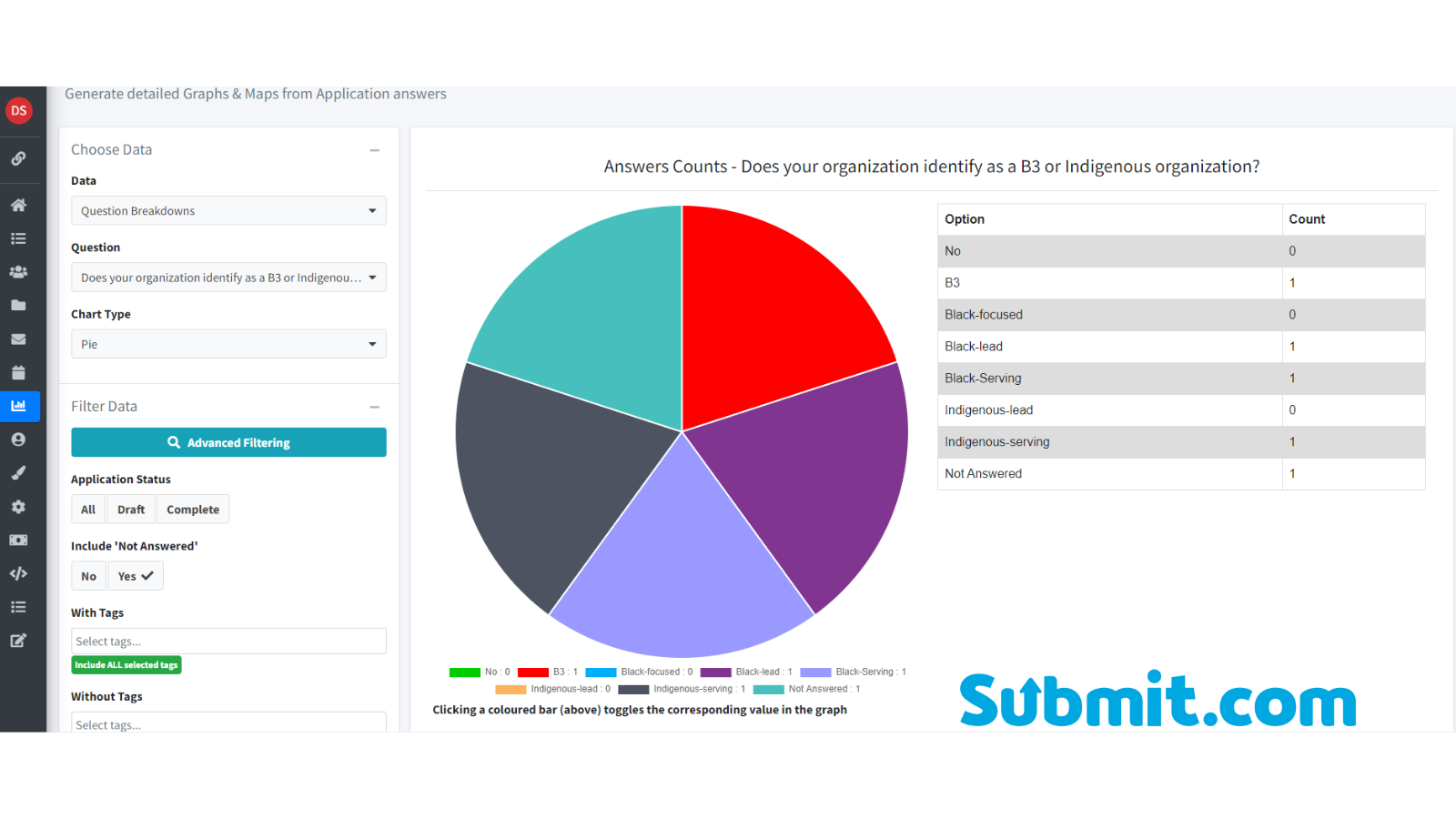The 3 Types Of Innovation Every Business Needs To Know
Innovation has become such a buzzword in recent years that it’s hard to remember what it actually means.
Companies often declare ‘we need to start innovating!’ or more commonly, ‘we are an innovative company’—but what does that actually mean? Innovative how? And what area of innovation are they talking about? We need specifics around here.
The truth is that there are tons of ways companies can innovate. To make things easier, we’re going to group the lofty Innovation umbrella into three general categories. By narrowing your focus on a specific area of innovation, not only can you start with an effective strategy, but you’ll have a framework for creating progressive solutions for almost every area of your business.
The three types of innovation are:
- Product Innovation
- Process Innovation
- Business Model
Product Innovation
If you don’t have specific or expert knowledge on innovation, you may assume that all innovation falls under this category.
Usually, it’s what most people think about when they think of innovation. Why?
Because it’s the most apparent and physically-tangible form of innovation that exists.
Product innovation can come in three forms:
- The development of a new physical product, like Amazon’s Kindle or the Samsung Smart Watch
- An improvement of an existing product’s performance, for example, the Fitbit’s better accuracy of heart rate or the improved digital camera resolution of the latest iPhone
- A new feature to an existing product
We can see that product innovation is essentially a new way of solving a problem many customers have.
It may be that no product currently offers the solution, or there are other products that address the problem in a different way.
How do you know your product or solution is truly innovative? You’ll have to answer a firm yes to these three questions:
- Is your product relevant to a high number of customers?
- Is your product significantly better than its competitors? What’s the improvement, and how significant is that improvement?
- Can customers clearly identify the uniqueness of your product? Is the innovation obvious? Is it easy to explain why this product is clearly better than any other on the market?
Why is product innovation so important?
Simply put, it helps you create something worthy in a crowded market. If you can identify the gaps, what’s missing with competitors, you can satisfy the customer need in a fresh and welcome way.
One thing to note is that while product innovation is the improvement of an existing product, it can also be the launch of a product that satisfies a new need, like the first iPhone or the Kindle.
Since then, both powerhouse brands have consistently and dramatically improved the quality and functions of their products, constantly innovating, constantly improving.
Process Innovation
The innovation that seems the least exciting—process innovation.
It’s the mix of skills, technologies and other resources to produce and support a product or service. If that sounds broad, it is. Businesses have tons of ways they can improve the way they do things—the possibilities for process innovation are endless.
Process innovation refers to the improvement of existing products or services.
An example of process innovation might be making changes to a specific piece of equipment used for manufacturing in the Microsoft factory. It could also be improvements to the technology or software used in the product design process.
The main difference between product and process innovation is that product innovation is usually transparent and completely visible to your customers.
Process innovation, on the other hand—a change in the internal manufacturing or design processes, are typically only seen and valued internally.
And the main improvement and outcome of process innovation is generally a significant decrease in production costs, rather than increased revenue.
Compared to product innovation, process innovation is relatively low risk—if the change doesn’t work, it’s not in the public eye and can usually be remedied or reversed without too much overhead.
A product innovation fail, on the other hand, could quickly deteriorate a company’s reputation and customer base. It’s a high-risk operation.
Business Model
Business model innovation is an entirely different breed of its own and is typically the most challenging for companies to explore.
Unlike product and process, business model innovation isn’t related to the production of any offering or service, but in how the company is positioned in the market.
Take Airbnb for example. The fast-growing startup completely disrupted the hotel industry by offering a different way to travel—in a way they knew would resonate with so many younger consumers who may prioritise hands-on experiences over material things and luxury holidays.
A traveller visiting Marrakech can stay with a local family, immerse themselves in the culture and be taken on a tour through the authentic souk markets with a real local.
The alternative?
Stay in a fancy hotel where everyone speaks English, and the only recommendations from the receptionists are the overpriced tourist traps the hotel has partnerships with.
Airbnb completely changed the industry’s traditional business model and offered a new, more authentic way to see the world.
Then there’s Uber—now with a global market value of around $72 billion, the startup completely inverted an age-old market of traditional taxis into an entirely different way of travelling altogether.
And in doing so, they paved the way for dozens of smaller car-pooling companies to join the revolution, making traditional taxis seem unappealing and unnecessary.
It’s important to note that while some of the most significant wins in business innovation are seen in startups, there’s nothing to say big corporations can’t innovate in the same way.
Startups may have the advantage of being in a growth-mindset, but there are plenty of larger businesses with more resources that have successfully innovated their business model.
Motor giant Rolls Royce, for example, gave the world of the best-known demonstrations of a wildly successful business model innovation in the 60s. The “power-by-the-hour” business model took the company from a product innovator into a revolutionary powerhouse.
Rather than selling engines, Rolls Royce started selling thrust hours to airlines. The British airline would pay only for the operating hours of the engines, but the engine itself remained the property of Rolls-Royce. They generated a constant revenue stream by invoicing airlines the flying hours, reducing their own costs in the process.
Making innovation easier with Submit
Narrow in on the areas of your business that could do with improvement, and group them into the three forms of innovation.
Once you have a clear vision into what your innovation goals are, you can start asking yourself (and your team) questions to qualify the uniqueness of your improved or new product.
If you have a digital product, ask yourself what you could be doing to make it easier for people to access and use.
Figure out which process is taking up most of the company’s time, and go from there in finding a process innovation solution to cut costs and increase internal productivity.
Submit helps businesses build on their innovative ideas in a way that’s productive and straightforward, so they can step away from the admin and organisational side of things and focus on the real job—innovating.
If you’re sourcing ideas from both outside and inside the company, request a demo of Submit to see how a centralised portal can help your team get laser-focused and produce tangible ideas your product, service or business model.










